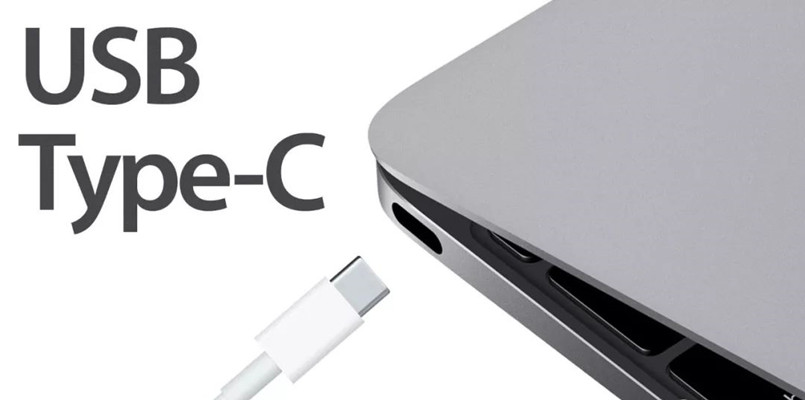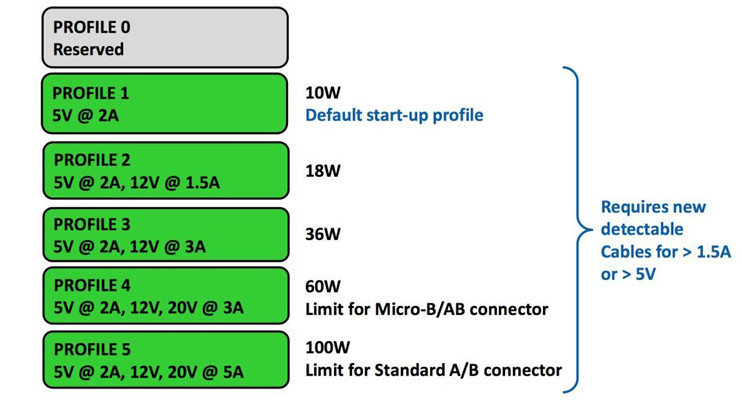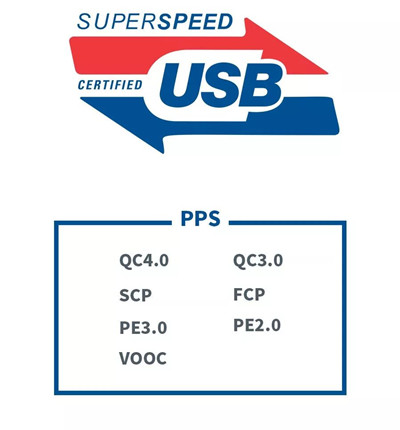The standards and specifications of fast charging are too far away from us. Whether the charging is fast or not is what we need to care about.
The USB PD standard can support a maximum charging power of 100W, and power can be supplied to devices such as laptops or monitors through the USB interface.
Apple's new MacBook is a good example of using USB TYPE-C + USB PD. Compared with the traditional transmission line, whether it is charging, data transmission, or audio and video transmission speed, it is better.
Then USB-IF hopes to promote USB PD 3.0 is not difficult to understand. Only when the heroes are fighting, the makers of the rules of war have the greatest right to speak.
Currently, there are different fast charge standards on the market, such as Qualcomm QC 4.0/3.0, MediaTek PE3.0/2.0, Huawei Super charge, Motorola Turbo charge, OPPO VOOC flash charge, OnePlus DASH flash charge, Meizu mCharge, and so on.
Although they are all fast charging, changing the charging head or even the data cable will cause the fast charging function to fail. This requires consumers to use the matching charger and data cable. If you want to have an extra set of charger and data cable in the In the office, either choose the original or choose third-party accessories that meet your mobile phone fast charging standards.
Every manufacturer has its own set of standards, how can USB PD 3.0 dominate the world?
The method is simple and rude:
Basically all mobile phones are charged through the USB interface. USB PD 3.0 does not allow the USB interface to adjust the voltage through a non-USB PD protocol. If the current and voltage cannot be adjusted in coordination, fast charging cannot be achieved, so most of the fast Charging obediently joins the support for USB PD.
In addition, Google emphasized in the latest Android 7.0 OEM specifications: mobile phones using USB interfaces, fast charging technology must support USB PD.
Software and hardware are limited at the same time, leaving little room for other fast charging standards. At present, USB PD has incorporated many fast charging standards, including Qualcomm QC 4.0.
Finally, it is a foregone conclusion that USB PD will unify the fast charging world, and for our consumers, whoever uses the same standard is what we want to enjoy the convenience of a unified fast charging standard in time.
Send your message to us:
Post time: Apr-26-2021



